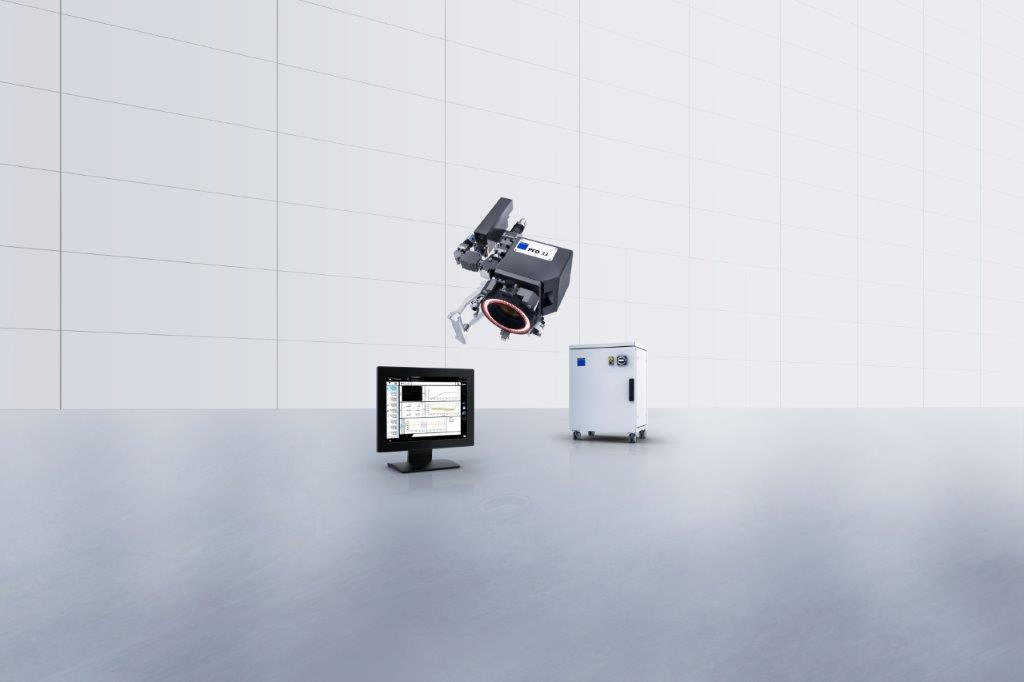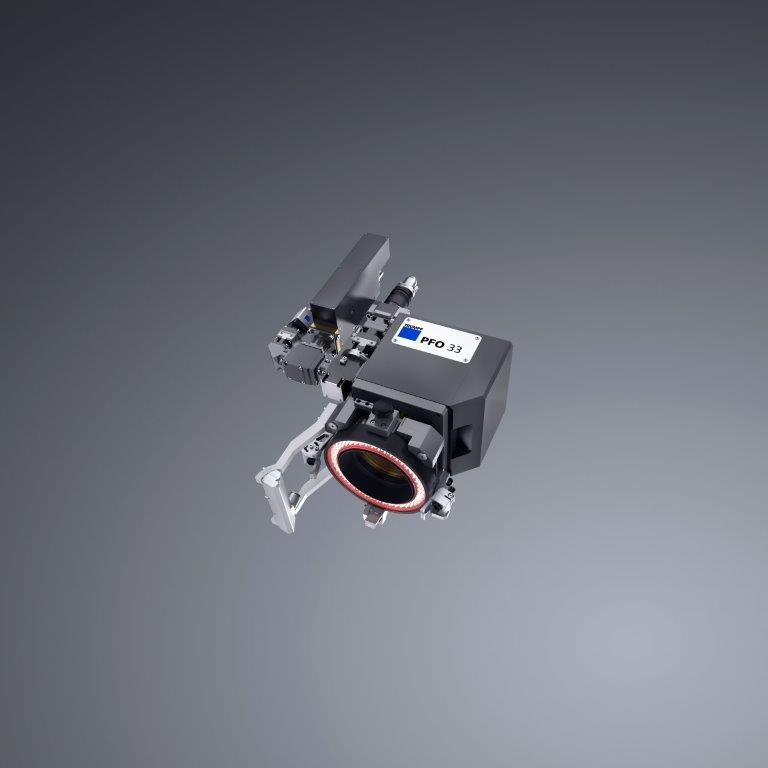TRUMPF’s New Busbar Welding System Extends Range of Electric Cars

Ditzingen/Munich, Germany – TRUMPF’s booth at the Laser World of Photonics trade fair will feature a new welding system engineered to boost efficiency in the production of e-car batteries. It is used to weld busbars, which are the strips that serve as electrical contacts in individual battery cells. This new busbar welding system is based on the 8-kW TruDisk 8000 laser and includes new processing optics, weld penetration depth sensors, and software. All of the components are optimally matched. The system increases battery cell production while decreasing reject rates. The improved quality of the joint between the cells reduces electrical resistance, extending the range of the e-car.
A closer look at the new busbar welding system’s components,
8-kW TruDisk 8000 laser
The TruDisk 8000 high-power, solid-state laser provides 8 kW of high power output while maintaining maximum beam quality. It can accommodate 50 µm laser light cables with the highest laser intensity on the part thanks to these features. The TruDisk operates economically in all laser modes thanks to improved overall efficiency, a new energy-efficient pulse function, and intelligent energy management. It also includes intelligence: sensors keep track of all key parameters and furnish condition monitoring data. The TruDisk laser’s appeal is enhanced by its compact footprint and extremely robust design.
New PFO33 scanner optics
|
The PFO33 scanner optics ensure that welds are executed reliably and with repeatable precision in highly productive manufacturing processes. |
The company’s third generation of scanner optics, the PFO33, is at the core of the welding system. These optics include an intelligent control system that constantly communicates with the laser. This ensures that each process in highly productive manufacturing processes involving a large number of welds is executed with repeatable precision. The optics also include new lenses that can handle very bright beam sources, allowing the TruDisk 8000 to be used throughout the workspace of the PFO33 scanner optics. Another noteworthy feature is a special lens that is available for the optics. This option allows the busbars of multiple cells to be welded in a larger scan field without repositioning the optics or component. Mirrors in optics move very dynamically. This gives manufacturers more flexibility in designing welding strategies and geometries. It also improves production line efficiency.
The new VisionLine OCT Check weld penetration depth sensor
The VisionLine OCT Check sensor continuously monitors penetration depth during the welding process to ensure that the laser always welds within the preset parameters. It also looks for geometric inconsistencies in the solidified weld seam. This allows for highly repeatable contacting of individual busbar joints as well as continuous quality assurance of each component and weld seam. As a result, the need for manual quality checks is reduced. Furthermore, quality data sourced from the sensor system can be archived as soon as the part is machined. The VisionLine OCT Check is simple to operate, and the sensor can be readily and quickly programmed using an intuitive user interface.
Image Source: TRUMPF




 Facebook
Facebook.png) Twitter
Twitter Linkedin
Linkedin Subscribe
Subscribe